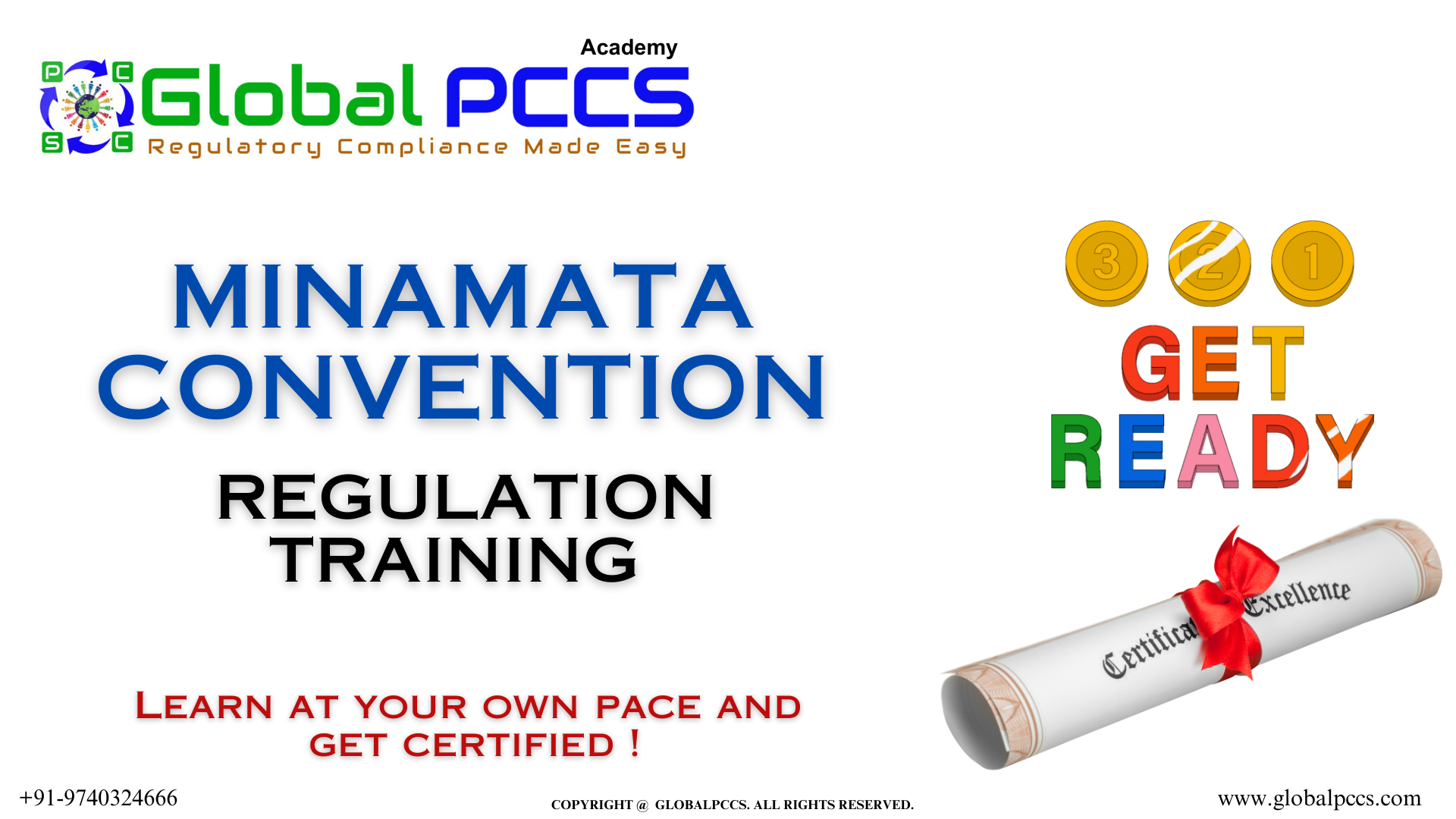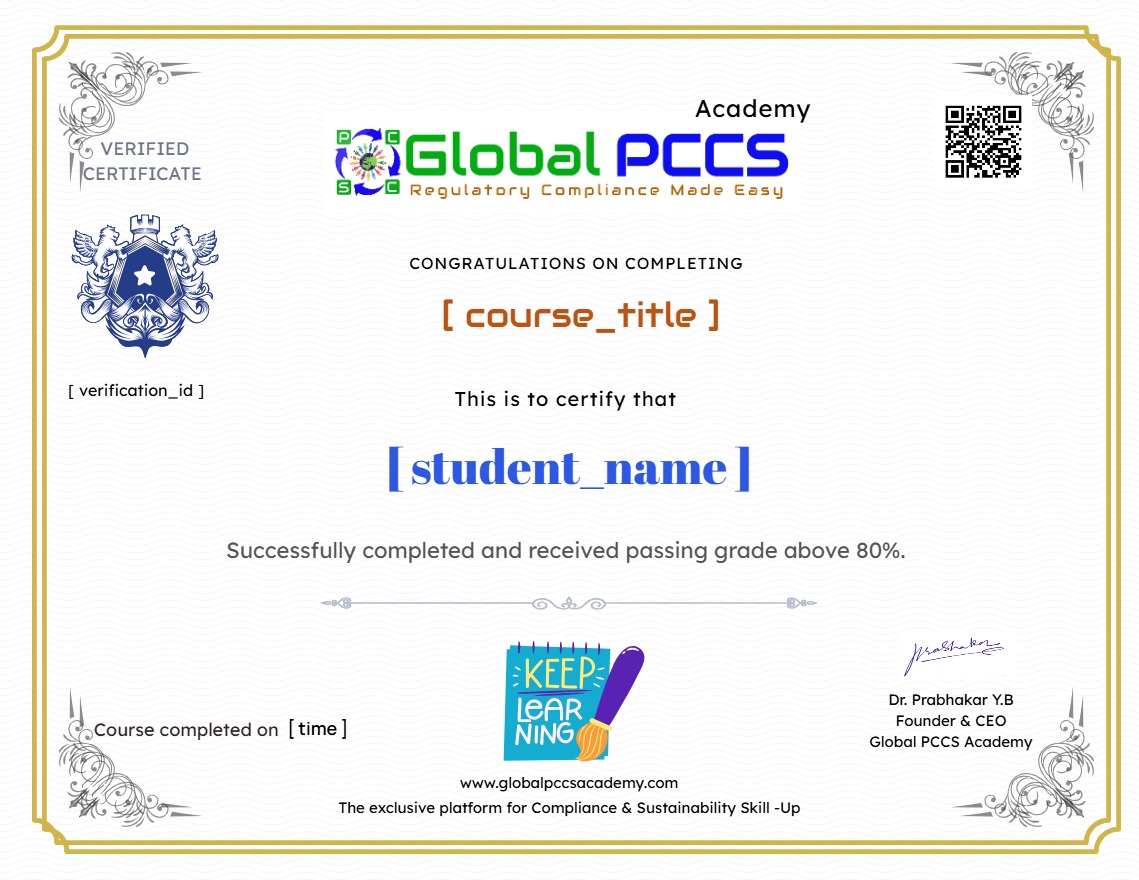Minamata Convention on Mercury

About Course
Mercury is a naturally occurring element that originates in the earth’s crust and exists as elemental mercury or mercury compounds. Elemental mercury (CASRN 7439-97-6) is a shiny, silver-white metal that is liquid at room temperature. Mercury does not degrade, cannot be destroyed, and is a persistent and bio accumulative toxicant. Emitted elemental mercury can be transported in the atmosphere on local, regional, and global scales as it cycles through air, land, and water.1 Some of the emitted elemental mercury following deposition and transformation into divalent mercury can be biotransformed into methylmercury.2 Methylmercury can bioaccumulate and biomagnify in fish, and thus can be consumed by humans, as well as marine mammals.3 Mercury compounds are formed when elemental mercury reacts with another substance, either in nature or intentionally by humans
- Mercury is a chemical element.
- Mercury (Hg), also called quicksilver, is a chemical element, liquid metal of Group 12 (IIb, or zinc group) of the periodic table with atomic number 80.
- It’s Density is 13.546 g/cm3.
- It’s one of the heavy, hazardous, and high-density metals.
- Mercury and most of its compounds are extremely toxic and must be handled with care.
- The inhalation of mercury vapor can produce harmful effects on the nervous, digestive, and immune systems, lungs, and kidneys, and may be fatal.
Course Content
Part 1 – Introduction to Minamata Convention
-
Welcome note and course introduction
02:42 -
Background introduction to Mercury
04:23 -
Background, Roadmap and Objectives of Minamata Convention
12:20 -
Question and Answers on Introduction
Part 2 – Countrywise Actions and Global Mercury Emission Trends
Part 3 – Mercury Toxicity
Part 4 – Articles, Annexures and Exemptions of Minamata Convention
Part 5 – Mercury Inventory, Non-Compliance and Waste Management
Part 6 – How to comply with Minamata convention?
Earn a Certificate & Up-skill yourslef
Add this certificate to your CV to demonstrate your skills & increase your chances of getting noticed & promoted.
